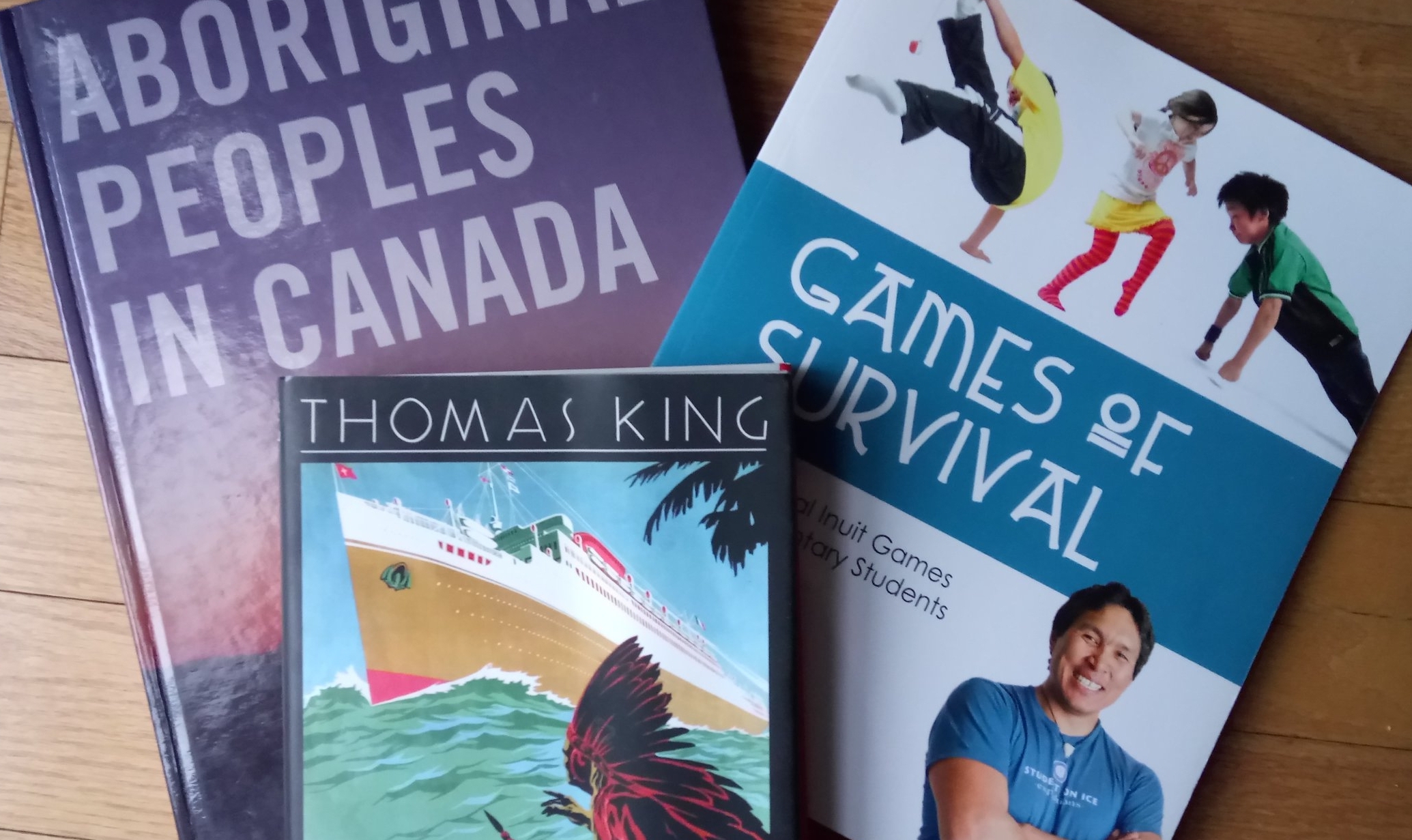Out here in Ontario, I often check in with Creators Garden to see what resources are posted that can assist in my science and outdoor education teaching. This video features Joe Pitawanakwat, the force behind the website.
If you and your students are learning about birds this year for instance, I love this pamphlet they offer with the names of 15 birds and their explanations in the original Anishinaabemowin.
High school health and science teachers might appreciate some of the videos posted on Creators Garden YouTube page. Pitawanakwat's traditional knowledge combined with his western scientific knowledge is fascinating to listen to, and he's a great teacher.
Learning About the Great Law of Peace
With the eclipse last month, I was reminded about the Great Law of Peace, which was established shortly after a solar eclipse over the Finger Lakes area in the United States.
The Great Law of Peace is specifically mentioned in the Ontario Social Studies Curriculum in Grade 4 expectation A3.10, however, it also ties in to Grade 5 expectation A3.2. Based here in what we currently call Southern Ontario, my students and I have found learning about the origins and ongoing significance of the Great Law of Peace both inspiring and instructive in understanding Haudenosaunee society.
Here are some of the resources which I and my students have been learning from listed below:
Hiawatha and the Peacemaker - A children's book by Robbie Roberston (who is from Six Nations)
The Peacemaker's Journey & The Great Law of Peace - a 4 minute video by the Onondaga Historical Association
Hodinohso:ni Governance & the Great Law of Peace - a 40 minute video narrated by Rick Hill from Six Nations Polytechnic
Hiawatha Belt - Information on the national belt of the Haudenosaunee from the Onondaga Nation
And Grandma Said... Iroquois Teachings - a longer memoir by Tom Sakokwenionkwas Porter, which includes a telling of some of the events leading up to the Great Law of Peace
Soundscape Composition Through the Medicine Wheel
Click here to download the PDF lesson plan
How do we incorporate Indigenous ways of knowing into the music classroom without appropriating sacred traditions?
This lesson is a carefully constructed answer to that question.
Description: "A music composition lesson (instrumental or vocal) connecting Aboriginal/Indigenous people to the contemporary environment of students and their sense of place and empathy."
The plan includes teacher prompts and information on different elements of the medicine wheel. There are a few sources you can use to learn more about Anishnaabe understanding of the medicine wheel. I suggest fourdirectionsteachings.com
Special thanks to Douglas Friesen, who is one of the authors of this document, and who introduced it to me. It was written in collaboration by folks from the Native Canadian Centre of Toronto and the Ontario Institute for Studies in Education.
Seneca Villages in Southern Ontario
How can we help students fully grasp the historical and contemporary presence of Indigenous Nations in what are now urban settings?
Might our students understand Indigenous presence and influence differently if they aware of local archeological sites?
One of the most prominent historical sites in Toronto that I had previously heard of was Teiaiagon which was located at what is currently Baby Point. Teiaiagon was a Seneca village located near the Humber River in the 16th Century. Some information about the relationships between the Seneca and the Mississauga in Southern Ontario is in this article from Talking Treaties. I also found this article from Talking Treaties, focused on the overlapping histories of Toronto, helpful.
Here are links to learn more about Teiaiagon
What I did not realize that there were six other Haudenosaunee villages around the same time located on the north side of Lake Ontario. You can learn more about Teiaiagon and these other six villages through this Wikipedia Article.
One of the villages was Ganatsekwyagon which was located in present day Rouge Park (search Bead Hill on Google Maps and the marker is there, though the site is not open to the public).
Here are links to learn more about Ganatsekwyagon
Finally, if you are interested to learn more about these villages, The History and Archaeology of the Iroquois du Nord edited by Ronald F. Williamson and Robert von Bitter looks promising but I have not received my copy yet.
Bonus for aspiring Archaeologists! Click HERE to read an article by Stacy Taylor, an Anishinaabekwe archaeologist about the unique roles and responsibilities of an Indigenous archaeologist.
Learn more about the Robinson Huron Treaty
A historic settlement has been reached between the Crown and 21 First Nation communities that comprise the Robinson Huron Treaty.
Here is some background information.
More updates to come!
